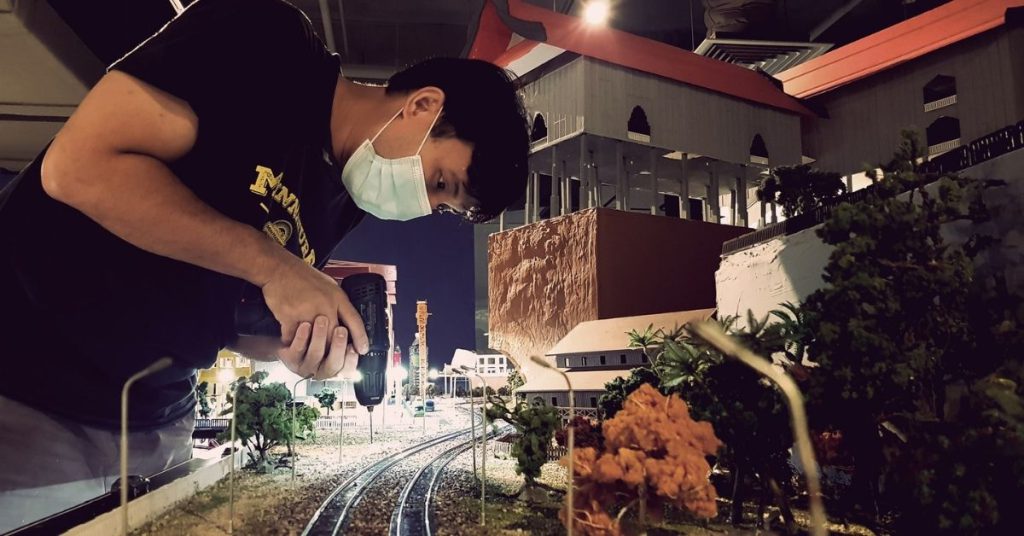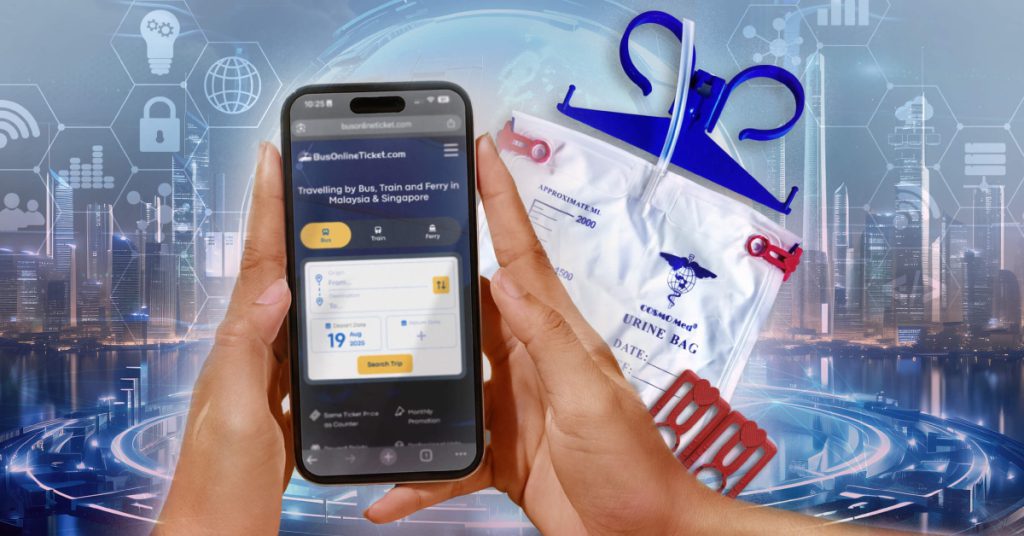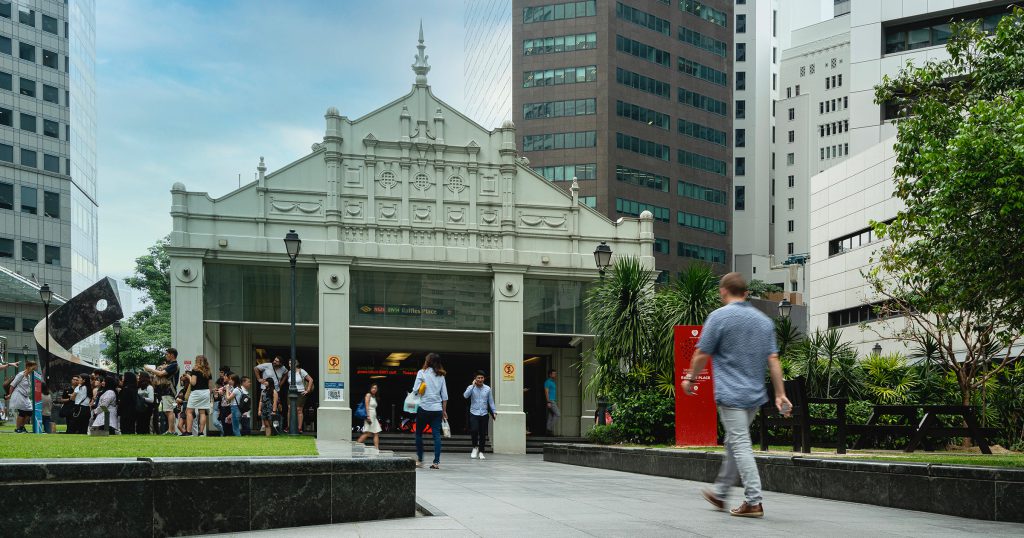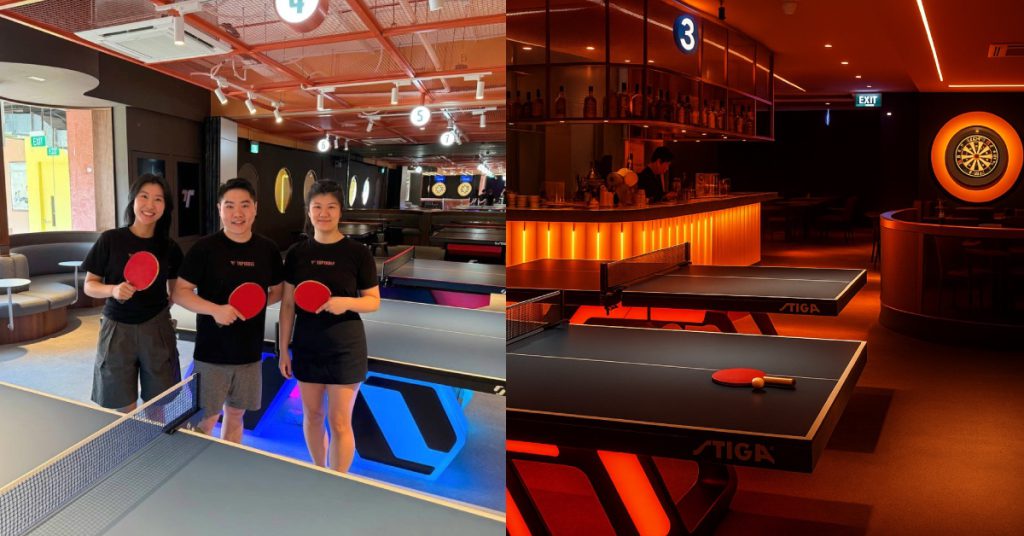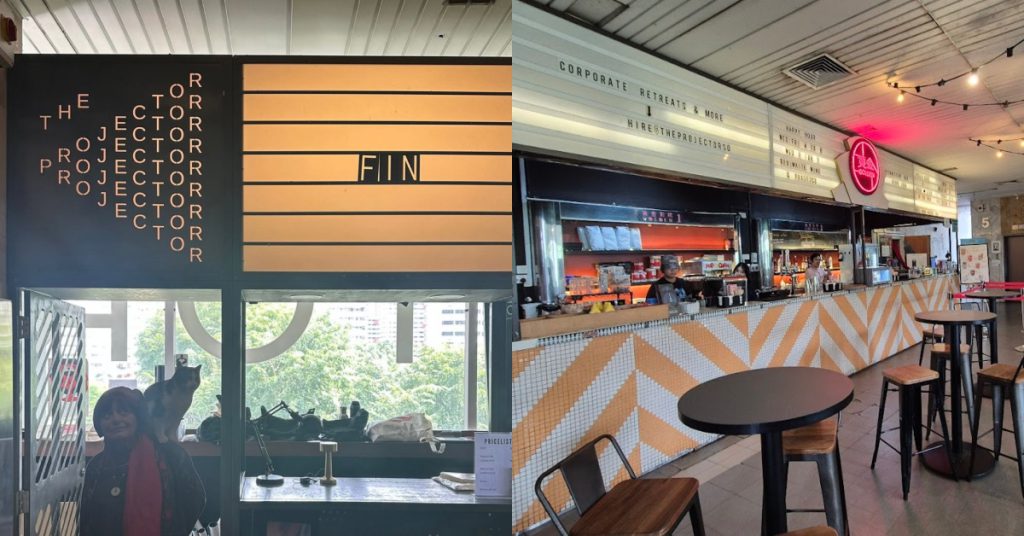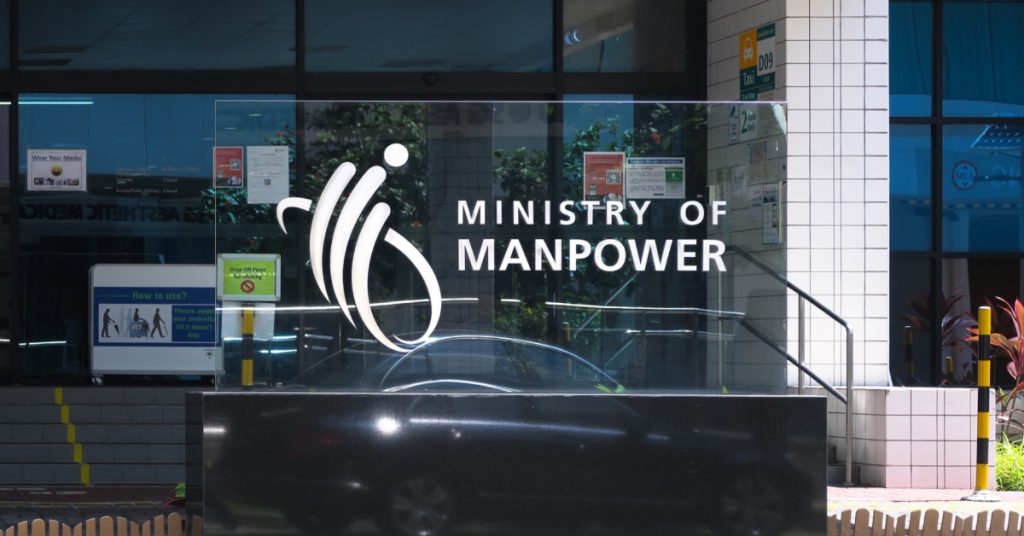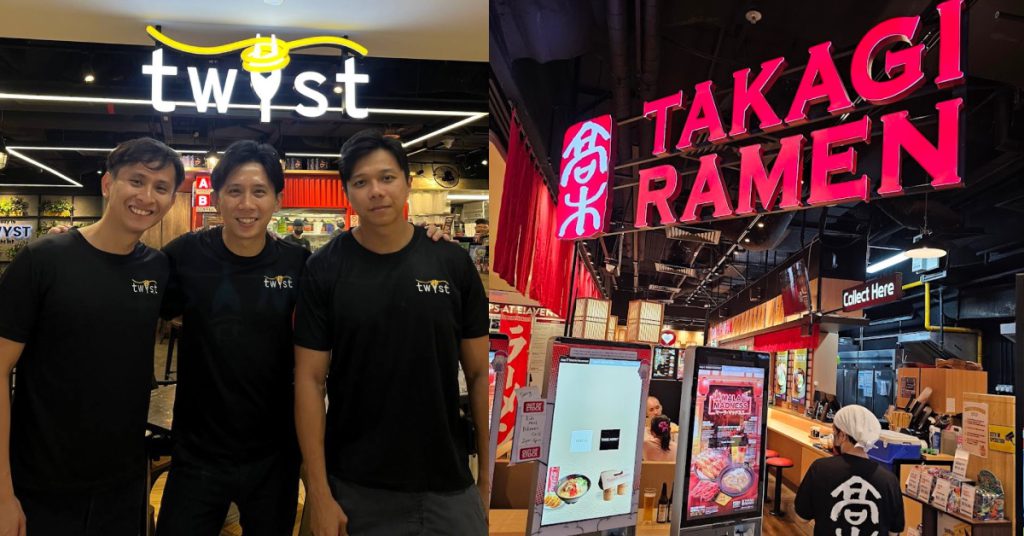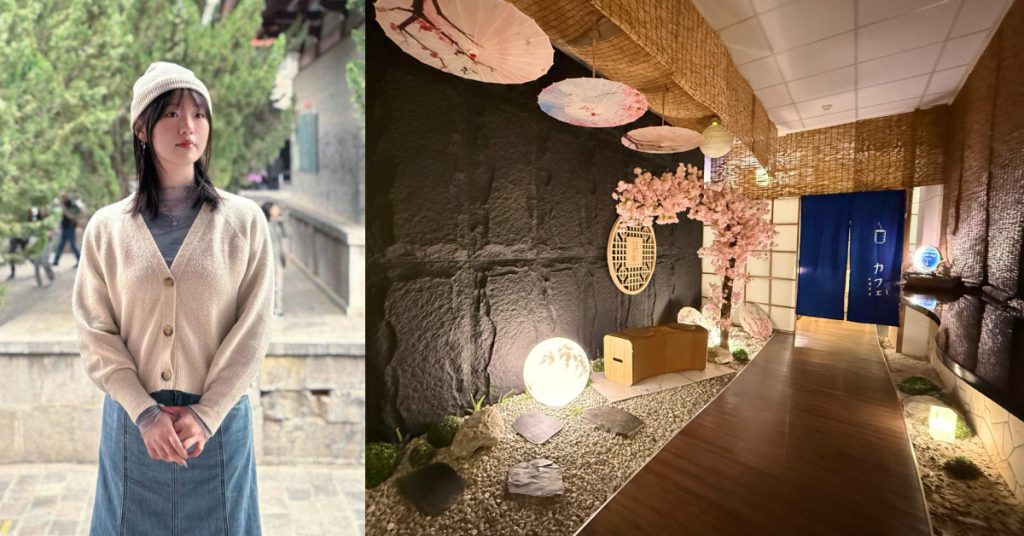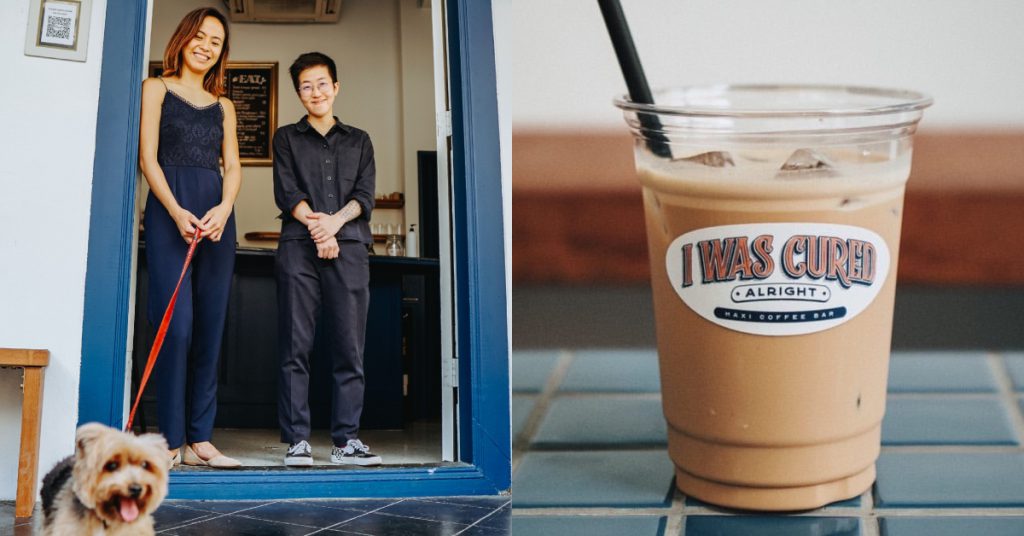While NFTs have been in existence for a few years now, their utility only significantly picked up in 2021. This may be due to the growing acceptance that tangible things in this world are moving into a more digital reality, or the envisioned metaverse, largely catalysed by COVID-19.
NFTs in Malaysia are most often linked to the arts industry, but they can be used for much more, as we’ve previously written. They have utility functions too, and MinNature Malaysia (MinNature) is attempting to lower the barriers to entry in their usage by allowing visitors to purchase entrance tickets (the NFT) through cryptocurrencies.
This digital shift by the team came into effect after struggling through 18 months of lockdowns, where the only viewers of MinNature’s sculptures were the four walls of its gallery.
Big dreams halted by the lockdowns
MinNature is an art exhibition showcasing about 34,000 miniature replicas of different sculptures in Malaysia spanning its 1,207 sq. metre gallery space.
Trivia: Its Dataran Merdeka centrepiece cost about RM80,000 to build.

It first opened in Summit USJ in 2016 where the exhibition was oriented towards the children and family market.
On March 3, 2020, MinNature relocated to JUMPA at Sungei Wang Plaza, in the heart of KL’s Golden Triangle, and reinvented itself to be a beacon of Malaysia’s culture and heritage. There, they hoped to target more tourists and adults.

Speaking to Vulcan Post, Wan Cheng Huat, founder and curator of MinNature Malaysia said, “After spending a considerable large amount on marketing, promotion, KOLs, and billboards for our grand opening, our team was looking forward to this brand new start for MinNature.”
“But little did we know what was in store for us.” Within 2 weeks of reopening, the MCO came into force, and the tourism industry came to a halt.
Searching for an end in sight
What many hoped to be just a couple of weeks in lockdown turned into months, and morale continued to take a plunge. The team realised that their dreams to reopen MinNature may not happen as cash reserves hit zero, with no end in sight to the lockdowns.

“At some point during the lockdowns, I had to reach out to my mum and siblings to help cover my monthly finance commitments and even put my home up for sale,” Cheng Huat shared in our interview. But as he found no buyers, his home was not sold off.
“Personally, as the founder, I was so devastated. No words can describe that feeling accurately. I was already on the verge of giving up.”
Knowing that they couldn’t control the government’s plans, the team decided to refocus their energy to be part of a 3D printing initiative to aid the frontliners. Participation was able to relieve them of some unwanted thoughts about their situation at the time.
Multiple pivots were also attempted to bring in income for the business, from hosting paid virtual walks to selling customised miniature products online, and offering model-making services. The team also tried selling vegetables and durians to make some money.
Cheng Huat recalled that these initiatives were not easy to plan and execute, especially after the team that grew from 8 members to 60, was cut down to 2 during MCO 2.0.
“The saddest part of the MCO was that we had to lay off all of our team in October 2020. We exhausted whatever reserves we had initially allocated pre-MCO,” he said.
Migrating to go digital
One of the ways MinNature’s team stayed active throughout the MCO despite its closed exhibition doors was by venturing into the metaverse. A free session they hosted was the MinNature 360 experience, where viewers could explore the gallery and its miniature wonders.
It was the team’s way of getting user feedback on the acceptance of their metaverse project. “We wanted to know how viewers felt when exploring a 360 view of MinNature, what their expectations were, and whether it was a viable option to venture into,” Cheng Huat elaborated.
“From that survey, it led us toward the metaverse exploration and development to complement our existing offerings.”

But their metaverse plans aren’t just a jump onto the bandwagon. Even prior to 2020’s lockdowns, Cheng Huat said they already saw the potential of incorporating metaverse-related technologies like AR into their products to make them more appealing.
In fact, MinNature was already conducting immersive projection mapping on its miniatures to develop its own AR app, but development was halted due to the MCO.
“We are now working on plans to raise funds and restart development again, with a focus to explore the implementation of MinNature metaverses and NFTs. It’s where people can come in to explore MinNature digitally and even buy our miniatures collections as NFTs,” Cheng Huat said.
NFTs as a new revenue stream
As part of the above adoption, the gallery has started accepting cryptocurrencies via its ticket sales. Because there are no “fixed prices” when it comes to crypto and NFTs, visitors will pay the crypto value equivalent to the Ringgit value of the ticket, and payments are made with cryptocurrencies XRP or USDT.
To drive adoption and user rates for this payment method, the team is also running promotions for those who pay via crypto.

Furthermore, MinNature has launched its first series of NFTs called “MinNature Official–Mini in the Glass Wall Collection” on Opensea. “We believe that with a balance of both a digital and physical gallery, it will enable us to reach untapped markets and expand,” Cheng Huat hoped.
The whole idea of the metaverse and NFTs being used as currencies in it is so that people can essentially “own” digital assets. MinNature’s sculptures of tiny buildings, roads, and infrastructure present a physical and tangible way to understand the metaverse concept, in my opinion.
“The possibility to own a piece or the entire miniature building or sculpture will be realised through our NFTs. This unique physical pairing use case for our NFTs is under development.”

MinNature has also successfully hosted paid live virtual walks which it intends to keep as an ongoing programme in the coming months. This will expand its reach to all kinds of visitors, perhaps even overseas ones who can’t visit it in person.
So even if the next MCO happens, we see it more as an opportunity to implement our new ideas. For MinNature, we have already passed the worst part of the MCO and we are moving ourselves forward even if another lockdown is imminent.
Wan Cheng Huat, founder and curator of MinNature Malaysia
- Learn more about MinNature Malaysia here.
- Read what we’ve written on NFTs and how they’re growing in Malaysia here.
Featured Image Credit: Chee Wing, team member of MinNature Malaysia



